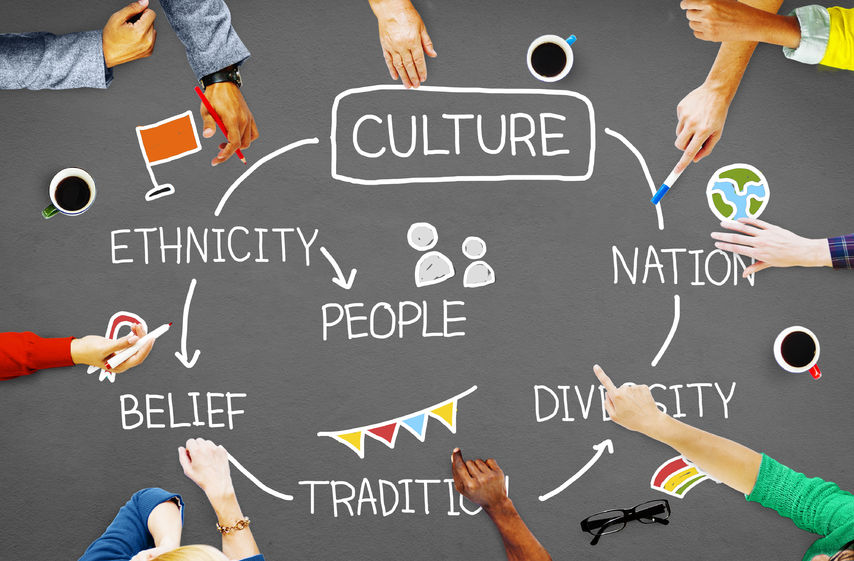
“Hygge” and “Gezellig”: Using Cultural Insights to Enhance Translations
by Chad Richardson
June 18, 2019
When you translate something from one language into another, you leave behind one set of meanings and cultural assumptions and you take on another. It’s a little like changing from one set of clothes into another. One dress may be more suitable for work while another one might be more suitable for a date. Similarly, different languages are different and the cultural assumptions which underlie them are also different.
Advertising and Cultural Values
For example, let’s say that you’re trying to sell a certain beauty product in two different countries. Will the same type of advertising work in both countries? Probably not. This is because the two countries have different cultures and those different cultures value different things in terms of beauty.
Different Values in Different Countries
For example, if you’re trying to sell face cream, you might have to emphasize its blemish-removing powers in one country (where clear skin is valued highly). But you might have to emphasize its moisturizing powers in another (where, perhaps, the weather is very cold and face cream is used more in order to avoid dryness of the skin).
Translation and Advertising
Of course, it’s not entirely up to the translator to make changes such as the above. The entire advertising team will have to be involved in order to get the wording just right. But it’s also necessary for a translator to be aware of cultural differences so that they don’t just do translations by rote. They can also consider the culture in which the product is going to be sold or the culture in which the document is going to be read before beginning the process of translation. Plus, if the cultural difference is a mild one, then they can also substitute one word for another and make a company slogan or an advertising slogan more effective.
“Hygge” and “Gezellig”
There are certain words which resonate within certain cultures such as the Danish word “hygge” which emphasizes a feeling of coziness in order to be happy or the Dutch “gezellig” which indicates something comfortable, cozy and friendly. By keeping such words in mind, a translator can make use of a cultural partiality towards a certain feeling and enhance the effect of an advertisement or document.
Contact us to learn more about effective translation for advertising purposes.
Related Articles
Smart, Fun, and Fascinating Facts About the Use of Sign Language
Also known as ASL (or American Sign Language), this method of communicating with those who are either completely deaf or struggle with their hearing has been around for over two centuries. On the surface, watching those who silently speak, understand, and communicate with others using their hands may appear foreign to most, but it’s actually…
3 Traits for Healthier Meetings and Happier Employees
Have you ever sat in a meeting where you were suddenly jolted out of your daydream when someone asked for your opinion? Maybe you remember that meeting that seemed to drag on with no end in sight. Maybe you don’t remember the meeting at all. Did you ever leave a meeting wondering if you had…
Taking a Break to Manage Unsustainable Accelerated Growth
While growth is the ultimate reason people get into business, sometimes growing or expanding too quickly could lead to some unexpected complications. The challenge for any business owner is not to limit growth but to manage growth and capitalize on it if possible. The effects of unsustainable accelerated growth on your business could include: Having…
here
for you
We’d love to learn more about your translation and localization needs.